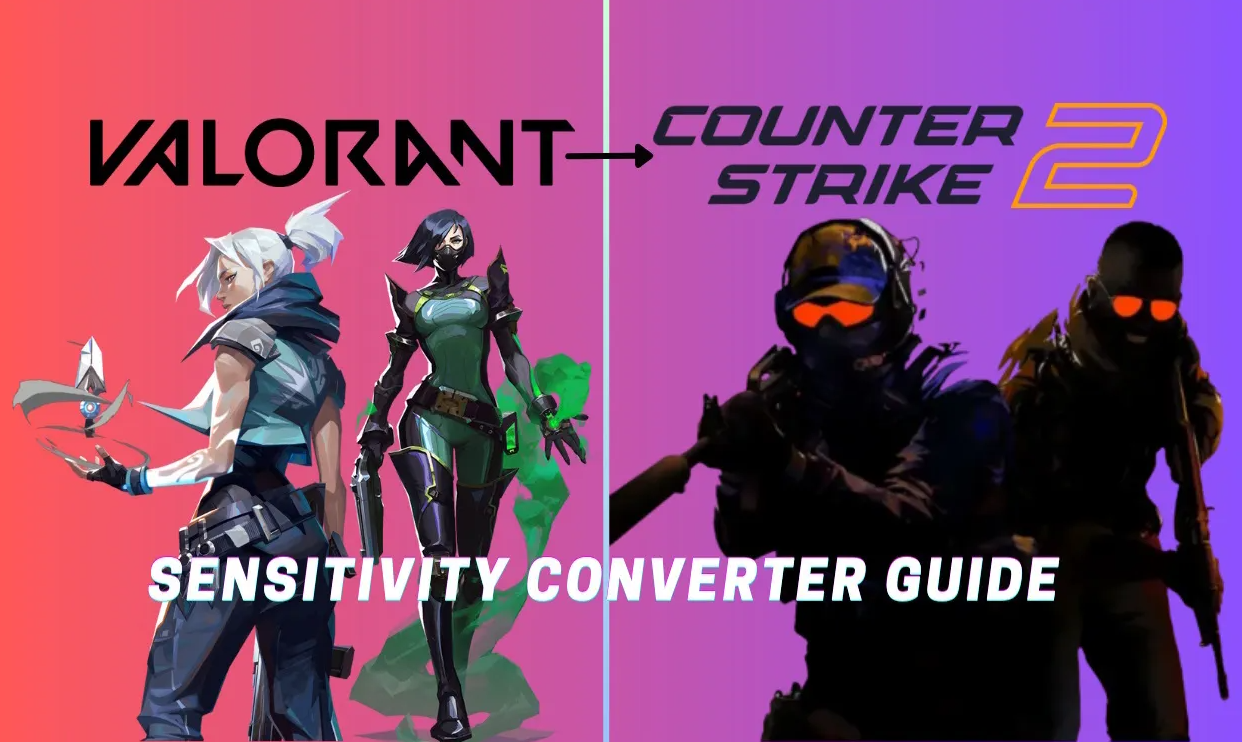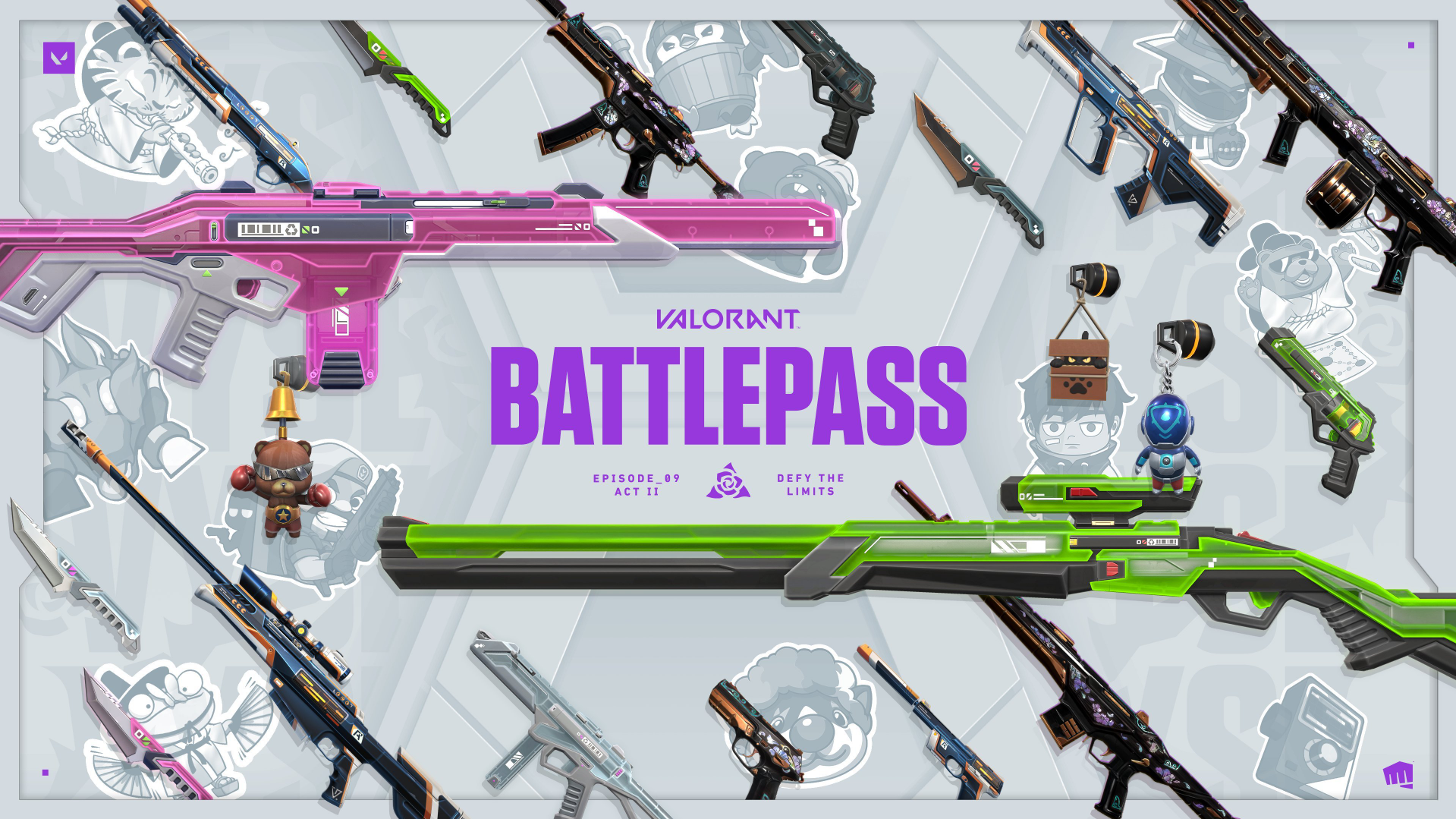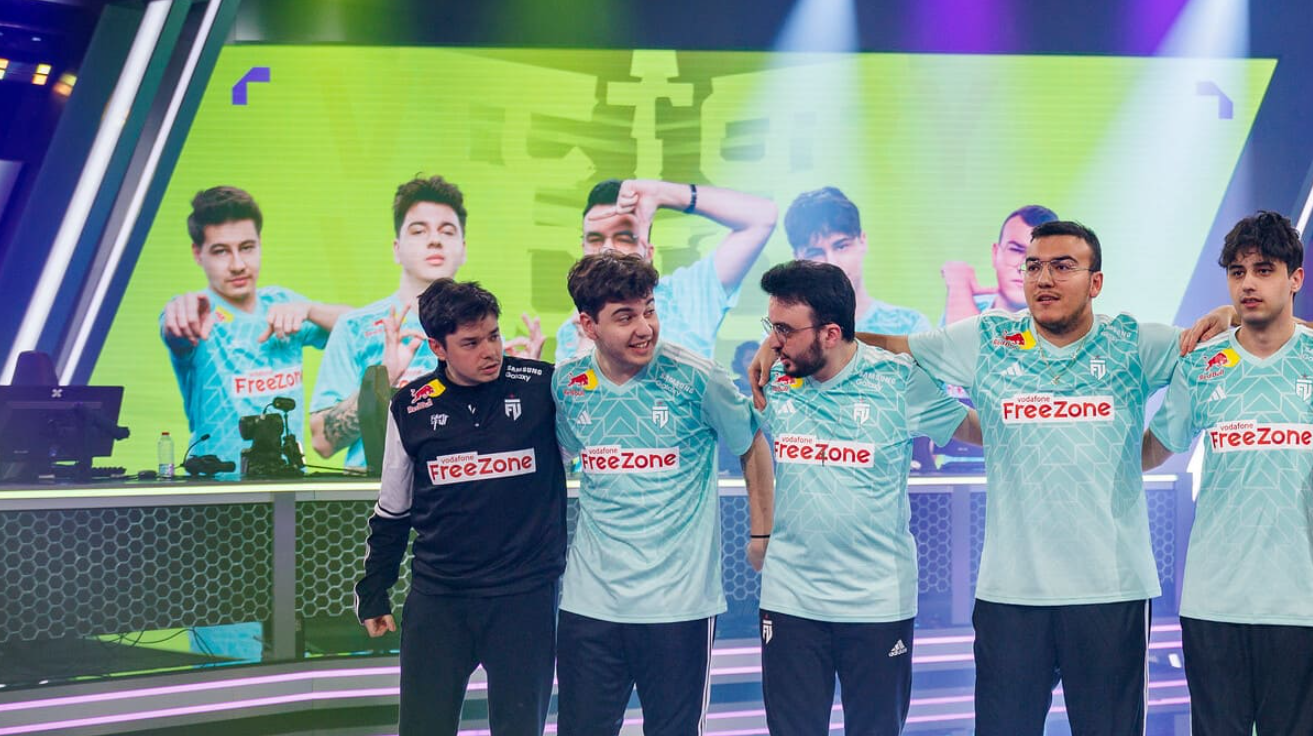
If you’re making the transition from Counter Strike 2 (CS2) to VALORANT, one of the crucial steps you’ll need to take is adjusting your mouse sensitivity settings. This adjustment is essential because the two games utilize different methods for sensitivity scaling. As a result, a sensitivity value that feels comfortable in CS2 may not translate well to VALORANT, leading to an inconsistent gaming experience.
To ensure you’re performing at your best in VALORANT, it’s important to calibrate your sensitivity properly. This guide will walk you through the process of converting your CS2 sensitivity settings to VALORANT, helping you maintain your precision and control in the new environment. By following our simple steps, you’ll be able to adapt quickly and effectively, allowing you to focus on honing your skills and strategies in VALORANT without the distraction of sensitivity issues. Transitioning to a new game can be challenging, but with the right adjustments, you’ll be ready to compete at your peak performance.
Table of Contents
Configuring Your CS2 Sensitivity for VALORANT
To effectively transition your sensitivity settings from Counter Strike 2 (CS2) to VALORANT, understanding the differences in how these two games handle mouse sensitivity is essential. The formula provided earlier allows you to calculate a starting point for your VALORANT sensitivity based on your CS2 settings. However, it’s important to recognize that this is just the beginning of your adjustment process.
Sensitivity plays a crucial role in first-person shooters (FPS). It directly affects your aiming precision, movement control, and overall gameplay experience. A sensitivity setting that feels just right can enhance your performance, while one that feels off can hinder your ability to react quickly and accurately. Therefore, finding the perfect sensitivity after the initial conversion is vital for success in VALORANT.
The difference in sensitivity scaling between CS2 and VALORANT stems from their unique game mechanics and design choices. While CS2 has a default FOV of 90 degrees, VALORANT boosts this to 103 degrees. This wider field of view in VALORANT means that players will often need to reduce their sensitivity to achieve the same accuracy, especially when tracking fast-moving targets.
Lower sensitivity settings can provide more control over your aiming, especially in a game like VALORANT, where precision is key. A lower setting allows for finer movements, making it easier to line up shots on enemies, especially at longer ranges. Conversely, higher sensitivity can lead to overshooting or making erratic movements, which can be detrimental in high-stakes situations.
After adjusting your sensitivity, practice is essential. Spend time in the practice range, where you can familiarize yourself with your new settings. Here are some specific exercises you might consider:
- Target Tracking: Set up static and moving targets to practice your tracking skills. This helps you get a feel for how your new sensitivity affects your aim.
- Flick Shots: Use the practice range to work on flicking your aim quickly between targets. This is crucial for reacting to sudden threats in VALORANT.
- Spray Control: Practice controlling your spray pattern with different weapons, focusing on maintaining accuracy with your new sensitivity settings.
Equipment Considerations
Your gaming setup can also impact how sensitivity feels. Here are a few equipment-related tips:
- Mouse Choice: Ensure you have a mouse that suits your grip style and has a reliable sensor. Some mice offer customizable DPI settings that can help fine-tune your sensitivity further.
- Mousepad Size: A larger mousepad can facilitate low sensitivity settings by providing ample space for wide movements. This is particularly helpful in VALORANT, where precise, controlled aiming is required.
- Monitor Settings: Make sure your monitor is set to a refresh rate that matches the capabilities of your graphics card. A higher refresh rate can provide smoother gameplay, making it easier to aim accurately.
Once you start playing with your new sensitivity, you might find that it still doesn’t feel quite perfect. It’s common for players to feel that their sensitivity is either too fast or too slow after the initial adjustment. Here’s how to make gradual tweaks:
- Small Increments: Consider adjusting your sensitivity in small increments, like 0.01 or 0.02, rather than making large changes. This allows you to fine-tune your settings without making drastic shifts that could throw off your aim.
- Test and Evaluate: After making adjustments, play a few games to see how the changes feel. Pay attention to your performance and comfort level; if you’re still struggling, another adjustment might be necessary.
Transitioning from CS2 to VALORANT involves more than just a simple sensitivity conversion. By understanding the differences in sensitivity scaling, practicing extensively, and making thoughtful adjustments, you can optimize your settings for an improved gaming experience. Remember, the key to mastering your aim lies in patience and practice. With dedication, you’ll find the sensitivity that works best for you, allowing you to excel in VALORANT.





I like this game I wanna play
lol nice W i like it but i cant play it as internet in my ae is off for 2 weeks i gotta wait